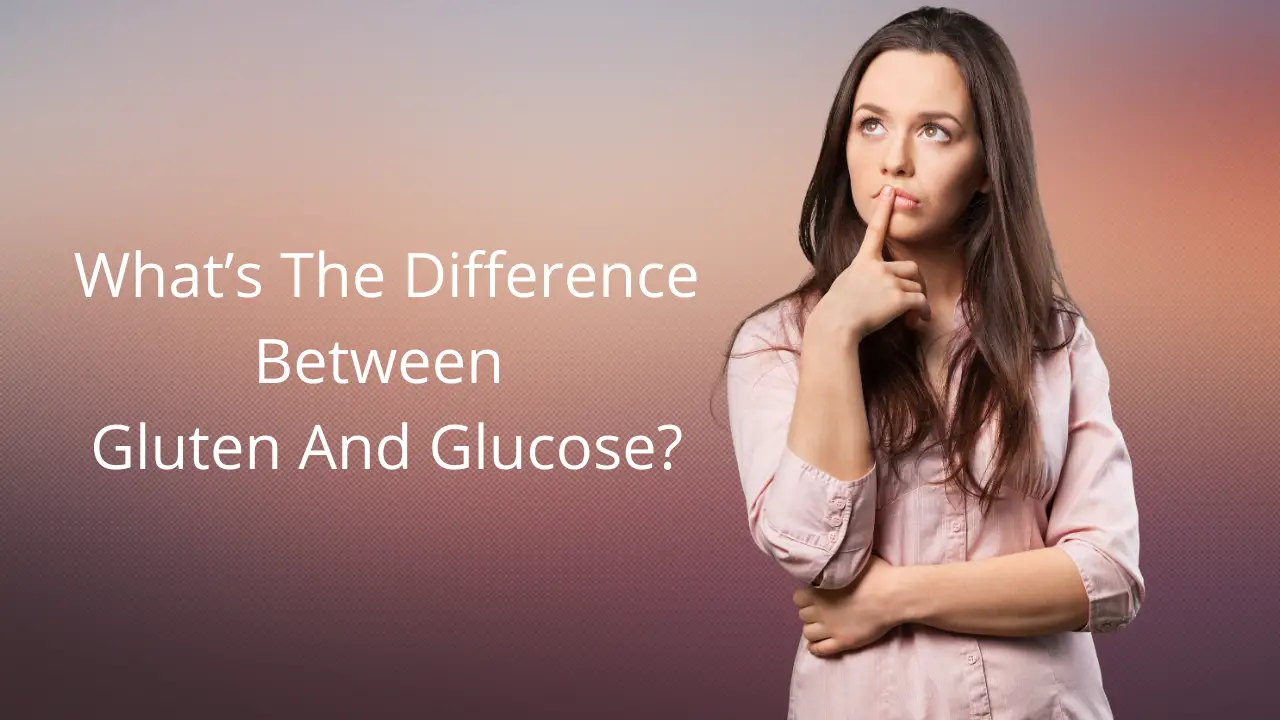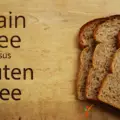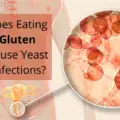The words sound similar, so that is where you may become confused. Some foods contain a significant amount of gluten and glucose, and for this reason, many lie under the misconception that they're similar things. For instance, some bread, pasta, and cereals varieties come from gluten-based grains and are high in carbs.
In reality, both these elements are entirely different. And you'll most likely need to avoid only one and not both unless you're suffering from multiple underlying conditions, which we'll explain later on. Here's your guide to differentiating between gluten and glucose the next time you're confusing the two:
The Contrasts in Chemical Composition
The most primary difference between gluten and glucose is their chemical composition and nature.
What Is Gluten?
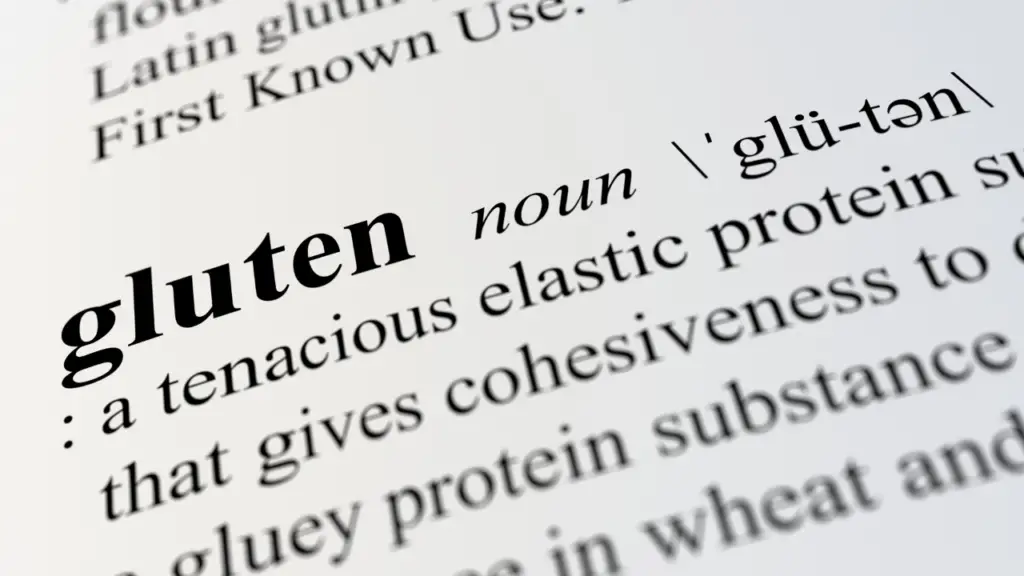
Two proteins, which are glutelin and gliadin, are what gluten is made up of. The basic structural unit of proteins is an amino acid, so amino acids are, basically, the building blocks of proteins.
For example, if you build a house from lego pieces, the Lego pieces represent amino acids, and the house would be a protein. If one half of the house is blue and the other half is red, the lego pieces making these two halves will also be different.
Similarly, amino acids of one specific type combine to form the protein glutelin, and the amino acids of another type combine to form the protein gliadin. When glutelin and gliadin combine, you get your blue and red-colored house which is gluten.
The linking and binding of these two components form a network that maintains the shape of dough while it is being baked or kneaded. So, in short, gluten is entirely a protein in nature. A molecule of gluten mainly consists of carbon, hydrogen, oxygen, and nitrogen.
What Is Glucose?

Glucose, on the other hand, is a carbohydrate. Remember the blue and red lego house we just built? Let's make a different house using different lego pieces, but this time, all the lego pieces are of the same color. The lego pieces are monomers that have combined to form a large polymer.
For carbohydrates, the terms polymers and monomers are modified into polysaccharides and monosaccharides. Glucose is one of those lego pieces, or to use the proper wording, a monosaccharide.
Glucose has immense functional importance. The primary biological molecule that is broken down or utilized by all living organisms to get energy is glucose. A molecule of glucose contains carbon, hydrogen, and oxygen, and unlike gluten, does not contain nitrogen.
When is Either Component Harmful?
Under normal circumstances, both gluten and glucose provide numerous benefits and are extremely important for normal body functioning, healthy growth, and development. But in some conditions, dietary intake of both of these can and eventually does more harm than good.
When Gluten Wreaks Havoc
Celiac disease is one of those conditions in which the body produces a series of violent reactions upon gluten exposure. If any harmful agent, such as bacteria, enters the body, the immune system produces antibodies that destroy the agent.

When you eat gluten, your small intestine is responsible for absorbing it and other nutrients. In celiac disease, the antibodies produced destroy gluten and harm the lining of the small intestine. This condition is an autoimmune disorder, where your defense system damages the body.
The common gastrointestinal symptoms of celiac disease are bloating, constipation, and diarrhea, but many people also suffer from various atypical symptoms. Deficiency diseases such as anemia are often observed, along with reproductive problems, migraines, and a skin condition called dermatitis herpetiformis. A common genetic disorder is celiac disease, and it affects about 1 percent of the total global population.
When Glucose Wreaks Havoc
Diabetes mellitus is a disease when your body fails to produce adequate insulin, which eventually results in an abnormally high blood glucose level.
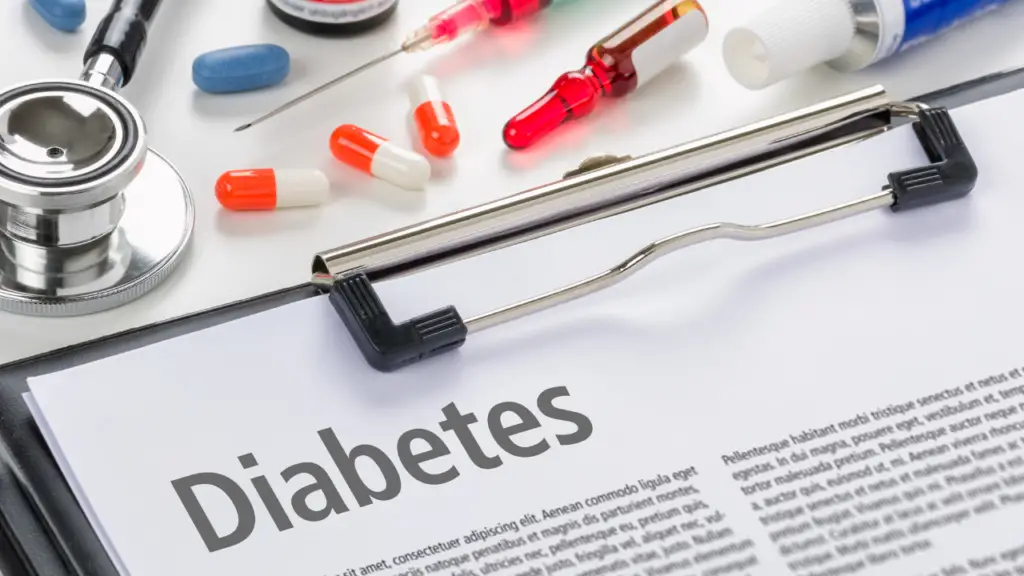
About 30 million people, which is around 10 percent of the global population, suffer from this condition. Patients with diabetes are instructed to avoid all foods high in glucose since their bodies can't deal with glucose overload.
In such conditions, eating glucose can cause additional serious complications such as cardiovascular diseases, kidney failure, liver problems, blindness, and even neuropathy. Patients also complain about increased thirst, frequent urination, extreme weakness and fatigue, and nausea. Some people lose weight drastically even if they're not trying to, while others experience slow wound healing.
Gluten-free OR Low-Glucose Diet?
Gluten-Free Diet
If you're a patient with celiac disease, your body is intolerant to gluten, or more specifically, to any amount of gluten that's greater than 20ppm. When you don't follow a gluten-free diet, it triggers gastrointestinal or other atypical symptoms related to celiac disease. Food sources that contain gluten less than this threshold amount are collectively called a gluten-free diet.
Dietitians and experts have made a long list of items that make the cut, which keeps getting longer as people come up with various gluten-free substitutes of otherwise gluten-containing recipes. Among naturally gluten-free whole grains, many people eat quinoa, brown rice, sorghum, and tapioca.

Even on a gluten-free diet, you're allowed to keep the doctor away by eating that one apple every day. Other than apples, other gluten-free fruits include bananas, berries, and citrus fruits, while onions and carrots are two well-liked gluten-free vegetables. Legumes, all types of meats, and eggs are rich sources of proteins that you don't have to drop on a gluten-free diet.
There can be a variety of items to choose from and make a personalized diet plan. However, instead of creating a gluten-free diet yourself, it is advised to ask a dietitian or an expert. They'll also consider your nutritional requirements and come up with something that'll compensate for almost anything that you're likely to miss out on on a gluten-free diet.
Low-Glucose Diet
For patients with diabetes, an appropriate diet that is low in glucose can help control and maintain regulated blood sugar levels. Food such as broccoli and broccoli sprouts contain a chemical that is excellent for reducing blood sugar levels.
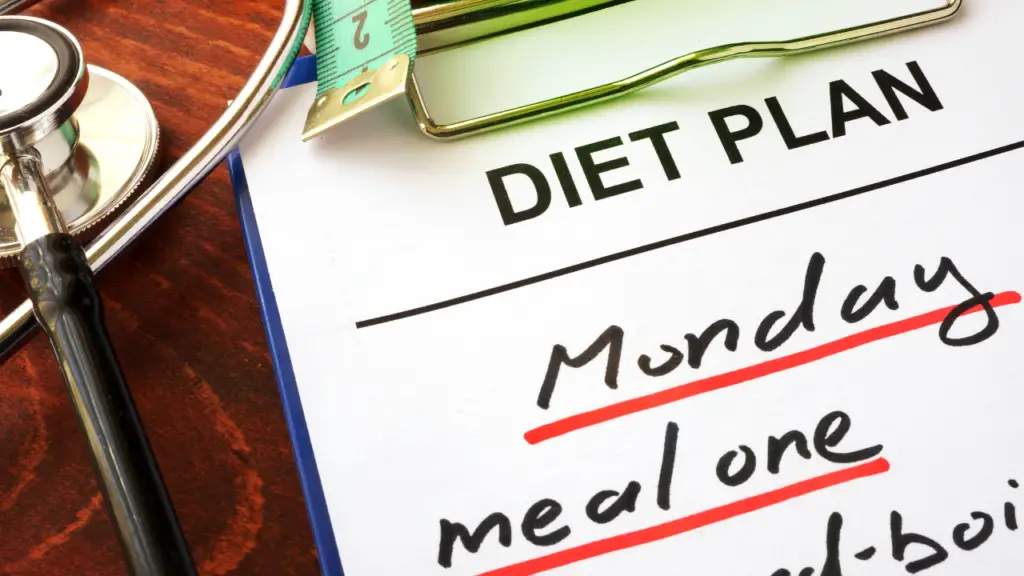
You can extract the most chemicals from broccoli and broccoli sprouts by eating them raw. Moreover, eating cruciferous vegetables regularly also reduces the risk of developing diabetes. Pumpkin is also high in carbs, but these carbs are excellent at controlling the blood sugar level instead of raising it.
Pumpkin seeds are also effective in glucose regulation. A study conducted in 2018 showed that eating only 65 grams of pumpkin seeds helps reduce the blood sugar level after a meal by 35 percent. Many countries like Iran and Mexico exploit pumpkin's blood-glucose-reducing properties and use it as a traditional diabetic remedy.
Gluten-Based and High-Glucose Foods
Gluten-Based Foods
To treat celiac disease, you must be following a gluten-free diet. If you're a celiac patient, you can't cheat on a gluten-free diet, and you need to avoid gluten-containing foods at all costs.
Gluten is predominantly found in barley, rye, and wheat, including durum, semolina, and graham. Triticale, all types of malt, and wheat starch also contain gluten. Since these food items contain gluten, celiac patients aren't even allowed to eat anything made from them.
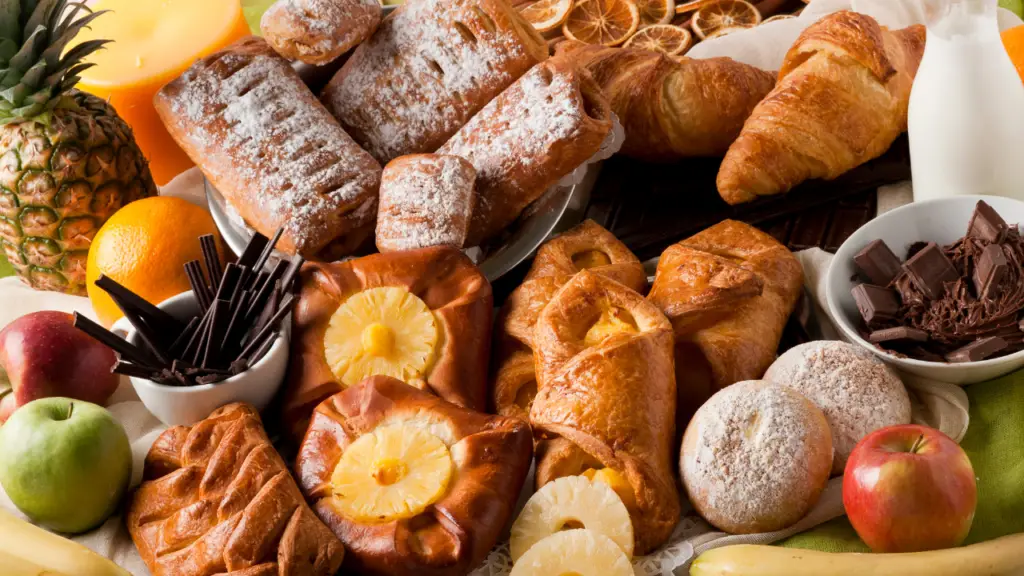
Bread, pasta, beer, french fries, and salad dressings may be very enticing, but the aftermath of eating them is not an enjoyable experience. This is why avoiding these are a must for patients with celiac disease.
Even if something is naturally gluten-free, there's still a chance of cross-contamination. Although they are naturally gluten-free, many celiacs avoid oats because of the risks of cross-contamination where the sharing equipment, processing site, or storage facility is the same. Many restaurants avoid claiming their products as gluten-free due to the risk of cross-contamination.
High-Glucose Foods
Similarly, diabetic patients need to avoid some foods. Some foods abnormally increase the blood sugar level and can worsen the symptoms.
Rice is high carb and low fiber, and when broken down, it produces glucose. Fiber helps reduce the speed with which glucose is absorbed into the bloodstream, which is why eating rice can instantly spike blood glucose levels. Research has found it to decrease brain function in diabetic patients.

Sweet sugary beverages are loaded with carbs, with just a 350ml can of cola being a source of 38.5 grams of carbohydrates. Plus, they're a high source of fructose, which plays a prime role in insulin resistance. It can add to raising blood cholesterol levels and promoting belly fat.
Fruits are a source of nutrients, but once dried, their sugar content becomes significantly concentrated. Usually, 5 ounces of grapes contains only 27.3 grams of carbs. But the same amount of raisins provide about 4x more carbs.
Gluten in Diabetes and Glucose in Celiac Disease
In diabetes, you're not allowed high-carb foods or items that have high amounts of glucose. But as long as you don't have celiac disease alongside, you can eat gluten. Gluten itself neither triggers nor worsens the symptoms of diabetes.
Similarly, patients with celiac disease are able to eat high glucose foods that are rich in carbohydrates. Experts suggest eating such foods for celiac patients. For example, white rice is high-carb but gluten-free, making it a predominant source of carbs in a gluten-free diet. In the same manner, dried fruits are harmful to a diabetic patient, but celiac patients can munch on them after a meal.
The real problem, though, is when you're both diabetic and celiac. Then, you'll have to avoid not only high carb sources but will also have to say goodbye to anything and everything that contains gluten. But don't worry, you still have a variety of options. You can have gluten-free banana oatmeal for breakfast. For lunch, you can devour on a turkey sandwich and dine on gluten-free chicken Alfredo pasta.
Final Words

Gluten and glucose both trigger different conditions, and they both need to be avoided by specific individuals suffering from either celiac or diabetes. Whether it's one or the other, don't misinterpret the two since both have health consequences.
Understanding your disease so that you can treat it can keep severe complications at bay. Having the help of a nutritionist and your doctor is key to maintaining a healthy life.

